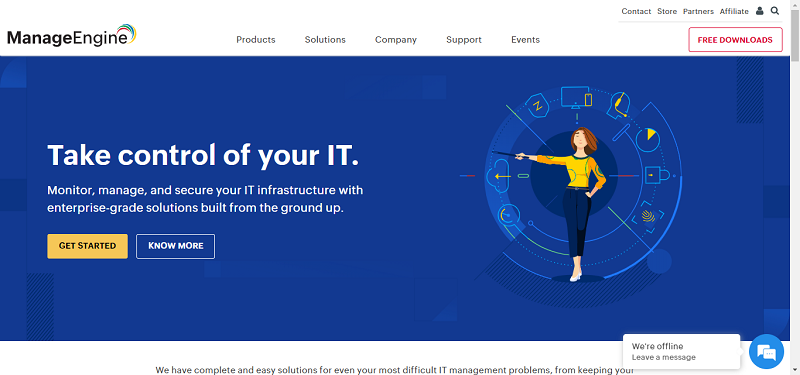Nobody likes to think about the bad things that can happen in life, but all too often, history has shown that procrastinating on safeguards means a bigger and more expensive cleanup to follow. This is why, in business, the principles of Disaster Recovery and Business Continuity are so important; and with all things business, the cloud is turning out to be an excellent place for companies to turn to for solutions.
“Disaster Recovery (DR) is not the same thing as making backups,” says Keao Caindec, Chief Marketing Officer, Cloud Business Unit at Dimension Data. “A backup is much like a snapshot or duplication of all your data – from accounting to application files to email, stored offsite in a secure location. It may be safe, but the files are very, very large, and quite difficult to re-integrate quickly. Disaster Recovery, by contrast, is a plan for actively re-injecting critical information back into a company’s core business operations, in the case of a major outage or failure. It has to be much more dynamic and fast.”
Caindec suggests that clients can realize clear benefits by moving their DR plan to the cloud, with cost savings of 70% up to 90% from traditional tape-based backup and restore systems. He states these savings come from a dynamic system of load sharing that Dimension Data specializes in. “Typical DR,” he says, “is about replicating data in real time. If the first site goes down, you repoint the DNS to a second fully-stocked site. But DR sites can be expensive. You must keep the system running as an insurance policy. The way we do it in the cloud, you can set up the data and hold it in disk, but you do not have to have unused servers running. All the client pays for is storage cost, a nominal rate of USD 0.0003 per GB/hour. If disaster happens, we then fire up the servers and start delivering data back downwards in a matter of hours.”
Another major cost source comes from the depth of the recovery; in other words, how far back in time do you wish to restore from? Caindec points out that most companies set both a Restore Time Objective (RTO) and a Restore Point Objective (RPO), which jointly answer the question of how far back in time and data does a client need to go to get back up to speed? For example, to meet the needs of a financial client, RTO can be about 4 hours, which can be expensive. With a cloud-based RPO it can be a fraction of the cost, since it is easier to map usage to the actual profile of a client’s business requirement.
Caindec’s statements come at a time when companies of all sizes – even those with well-established backup and DR systems in place, are migrating out of the age in which only non-critical projects are cloud-based. They are recognizing the value and reliability of moving mission-critical data there too.
He cites a Dimension Data case study, in which their client, ClearBenefits, an employee benefits and health plan administration service, was able to improve their Service Level Agreement (SLA) from 95% to 99.9%, which enabled them to better fulfil their compliance with Heath Insurance Portability and Accountability Act (HIPAA) regulations through the development of a “hybrid cloud solution, using its cloud offering for the public-facing front end, and a private database back-end. The business continuity site is hosted separately from their primary site.”
Ultimately, the issue comes down to how effectively a company can: 1.) get back to operations after an onsite event such as a network outage or physical force majeure event, 2.) get back to operations when employees have to set up shop elsewhere, and 3.) maintain the system in a state of readiness that is both reliable and cost-effective.
Support for the Dimension Data approach, and testimony to their success as a provider of cloud solutions, can be seen in a recent white paper published by the IT research company Saugatuck Technology – not commissioned by Dimension Data – which compared the total cost of ownership of in-house/private cloud solutions against several public cloud infrastructure offerings, including Dimension Data Public Compute-as-a-Service (CaaS), IBM SmartCloud and Rackspace Cloud. Among the broader findings, the report found:
This report, Caindec says, is yet another proofpoint of the economic benefits of Dimension Data’s CaaS offerings, and follows on the heels of a report by the Tolly Group, which found that between Amazon, Rackspace, IBM and Dimension Data, the network-centric approach used by Dimension Data’s enterprise-class cloud helped lower cost and risk, and accelerate migration of mission-critical apps to the cloud.
Ultimately, he says, a company has to review its Business Continuity strategy regularly, not only for audit purposes but for actual insurance against critical failure of operations. The use of the dynamic characteristics of the cloud makes it easier and cheaper than ever, without compromising integrity.
By Steve Prentice





